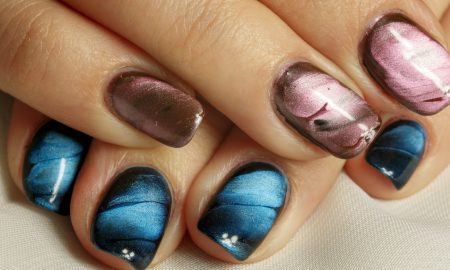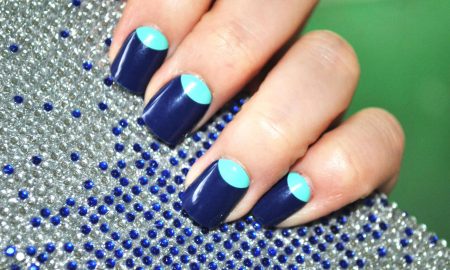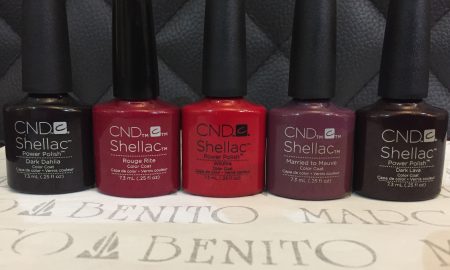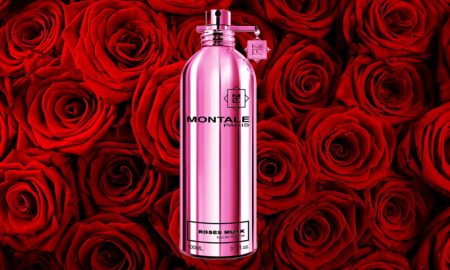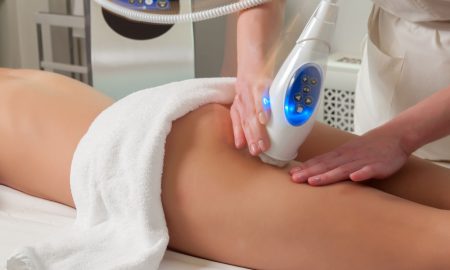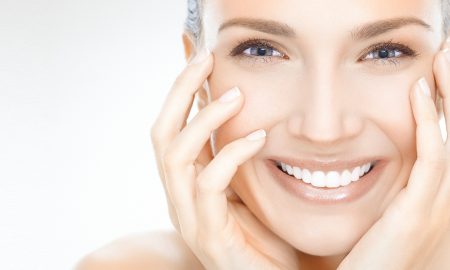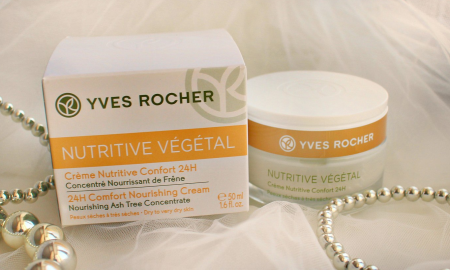Beauty salons today offer a wide variety of cosmetic procedures, among which a special place is occupied by facial peeling - exfoliation of keratinized skin.
Peeling allows you to get rid of the following problematic issues: wrinkles, hyperpigmentation, dull skin color, acne, uneven skin surface, enlarged pores, scars and post-acne. As a result, after peeling, the skin of the face will be even and smooth, and the processes of its regeneration will be activated.
If you decide on face peeling, it remains only to choose a master (beautician) and the type of peeling.
Naturally, when clients come to the salon, they are offered a choice of several types of procedures, they are introduced to the technology, prices, contraindications and consequences. However, in addition to their recommendations, you should familiarize yourself in advance with all the pros and cons of a particular facial cleansing procedure. Information about facial skin care procedures in salons is provided by women's magazines , websites of cosmetic studios, booklets of beauty salons. These sources give a complete picture of the peeling in the salon, reveal all the pros and cons of each type of peeling.
In cosmetology peeling is divided into:
# cosmetic;
# mechanical;
# physical;
# chemical.
Cosmetic peeling
The main components of cosmetic peeling are scrubs and gommages. At the same time, scrubs can contain abrasives of both vegetable and chemical "industrial" origin - these are natural saponins or smooth polymer balls.
The use of natural scrubs and gommages is a vegetable peeling, when ground almond or coconut nut kernels, wheat bran, poppy seeds act as abrasives. Cosmetic peeling in the chemical version does not mean scraping off dead layers, but dissolving them with the help of lactic, malic or citric acids, which are contained in peeling creams.
Mechanical peeling
Brossazh - mechanical cleaning of the skin. Indications for use are porous, acne-prone, oily skin. It is possible to throw both the face and the whole body.
The procedure is carried out in several stages: cleansing the skin of makeup, steaming it along the massage lines, further covering with a special mask. The mask is removed using rotating brushes made of natural bristles, and special abrasive nozzles are also used. This is a painless procedure that takes only 10 minutes. Thanks to the brossage, blood circulation and metabolism are improved, but you should not resort to the procedure if you have sensitive and inflamed skin.
Vacuum peeling - partially exfoliates the upper layer of the epidermis, increases blood flow to the skin and improves blood circulation, opens the pores, which the cosmetologist cleans during the procedure. Vacuum peeling is a safe and non-traumatic procedure for the skin.
Microdermabrasion or micro-resurfacing of the skin is a procedure for smoothing and rejuvenating the structure of the skin. It is based on the principle of microcrystalline grinding. The use of special equipment makes it possible to level the surface layer of the skin with small aluminum oxide crystals, which are ejected under pressure by a special device.
Thus, layer by layer, dead skin is removed. After the procedure, there is a slight irritation of the skin, since grinding injures the surface. The peculiarity of microdermabrasion is that it is necessary to complete the full course, which is at least 4-6 procedures.
Ultrasonic peeling is the use of multifunctional ultrasonic devices for complex treatment and cleaning of the skin. Ultrasonic facial cleansing allows you to quickly and painlessly remove dead cells, cleanse pores, eliminate blackheads and other impurities. The procedure does not require a recovery period, but has a short-term effect.
Physical peeling
Laser peeling of the face is considered a full-fledged operation and requires a professional approach and anesthesia. The laser beam has several advantages, the most significant is the ability to influence even the most “narrow” and hard-to-reach places. However, the procedure takes a week to repair and protect the skin from UV rays.
Cryotherapy involves the use of low temperatures, while the skin can be treated with ice. Under the influence of cold, the skin turns red, but the processes of collagen production are launched in it with renewed vigor, cell regeneration occurs and, as a result, the complexion of the skin is evened out.
Chemical peel
For facial peeling, special formulations and various chemicals are used that cause burns on the surface layer of the skin. The skin of the face is first cleansed and degreased, then the layers of the epidermis are exfoliated with weak acid solutions. At the end of the procedure, the effect of the acid must be neutralized.
Depending on the degree of impact of the procedure on the skin of the face, there are 3 types of peeling: superficial, median and deep peeling of the face.
1. The first type is used for the prevention of age-related changes, the treatment of minor skin deformities, acne. Superficial peeling of the face is considered the mildest and safest type of chemical peeling for the skin, mainly fruit peeling.
Alpha peeling is a vegetable peeling , it contains acids of exclusively natural origin. The absence of retinol in Alpha peels has a positive effect on sensitive skin, which is not irritated when using this method. Alpha peeling allows you to lighten age spots, moisturize the skin, remove inflammatory elements of oily skin.
Glycolic facial peeling improves skin microcirculation, activates collagen production, saturates the skin with moisture due to the effect of fruit acids such as glycolic, lactic or grape acids on it. It is recommended to use this peeling only after reaching the age of 40, as it is considered the most stimulating.
2. The second type is effective for combating more pronounced age-related skin changes and stretch marks.
The middle ones include TSA peeling (trichloroacetic acid in 25% dilution). It does not injure the skin, but it is considered an effective procedure in combating the pronounced signs of skin aging and in the treatment of stretch marks. In addition, this peeling has a long-term effect.
Also in this group of peels there are:
Peeling with fruit acids - ABR peeling (alpha-beta-retinol). It is a modified peel based on the use of alpha (fruit) and beta (salicylic) acids and retinol, used for problematic skin. As a result, the skin structure is leveled, deep infiltrates and acne are resolved.
Salicylic peeling is used for problematic skin, since the peeling components are anti-inflammatory and antiseptic agents. The main purpose of peeling is the treatment of inflamed and non-inflamed acne.
3. Accordingly, the third type is considered the most aggressive procedure in cosmetology, due to which skin rejuvenation, the elimination of deep wrinkles, and the smoothing of skin surface irregularities are carried out. Deep peeling requires anesthesia.
Deep chemical peels include phenol peels . This is an aggressive peeling using toxic phenol, which removes the top layers of the skin. The procedure must be carried out under anesthesia and in a hospital setting. It is used to correct scars and deep wrinkles, hyperkeratosis and pigmentation. Such painful peeling requires a long recovery period.
Facial peeling contraindications
Facial peeling has contraindications and you should not forget about it. Peeling can interfere with various skin diseases, skin hypersensitivity, keloid scars, herpes, as well as violation of the integrity of the skin in the form of open wounds, burns.
The article was prepared for the site shop-ultra.ru


